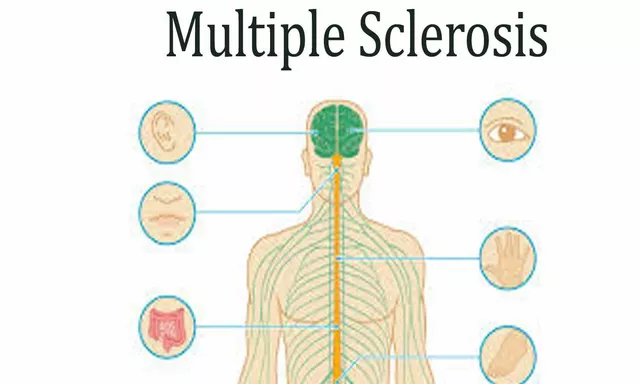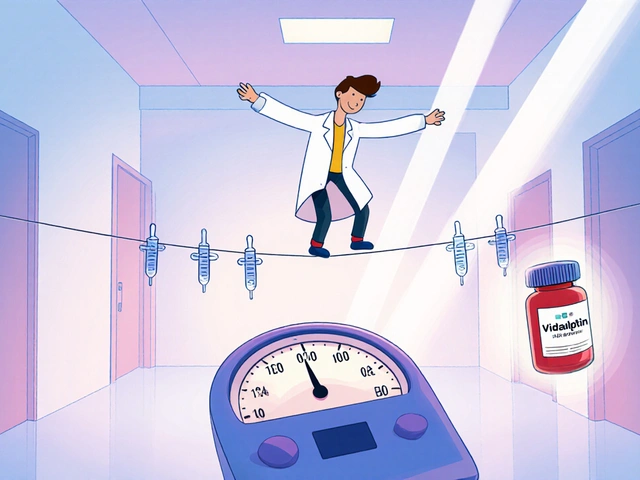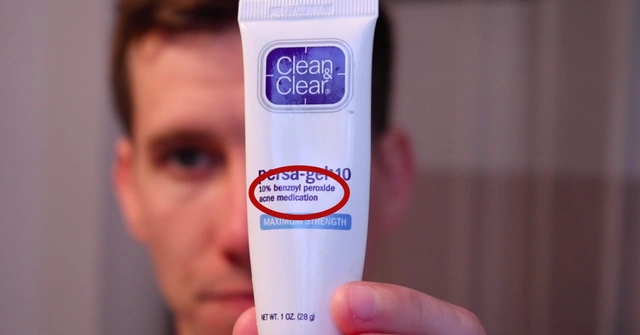Emphysema: Practical Guide to Symptoms, Treatment & Daily Tips
Emphysema slowly damages the tiny air sacs in your lungs so you can’t move air out properly. That makes simple tasks feel harder and breath come quicker. Many people don’t notice problems until lung function is already reduced, so knowing the signs and what helps matters.
What causes emphysema? Smoking is the number one cause. Long-term exposure to smoke, pollution, or chemical fumes can injure lung tissue. A small group of people get emphysema from a genetic issue called alpha-1 antitrypsin deficiency — that’s something your doctor can test for.
How do doctors check for it? The main test is spirometry, which measures airflow. Chest X-rays and CT scans show changes in lung structure. Doctors also check oxygen levels with a pulse oximeter and may order blood tests or genetic screening if needed. Early testing helps plan treatment before things get worse.
Treatment and daily management
Treatment aims to ease breathlessness, prevent flare-ups, and keep you as active as possible. Common approaches include:
- Bronchodilators: inhalers that open airways (short-acting for quick relief, long-acting for daily control).
- Inhaled corticosteroids: sometimes added if you have frequent flare-ups.
- Oxygen therapy: prescribed when blood oxygen is low to improve daily comfort and sleep.
- Pulmonary rehab: short supervised programs that teach breathing techniques, exercise and pacing. This often helps more than you expect.
Quit smoking — it’s the single most effective step to slow disease progression. Get annual flu shots and a pneumococcal vaccine when your doctor recommends it. Learn proper inhaler technique (ask your clinician or pharmacist); small errors cut effectiveness a lot. Also plan for air quality: avoid heavy exertion on bad-air days and use masks if you must be exposed to dust or fumes.
When to see a doctor
Call your provider if you have sudden worsening breathlessness, rising cough with colored sputum, fever, chest pain, swelling in your legs, or confusion. These can mean an infection or a serious flare. Regular follow-ups matter — spirometry, medication reviews, and discussion of oxygen or surgery options (like lung volume reduction or transplant) happen over time, not in a single visit.
Living with emphysema means small daily changes add up. Break tasks into short steps, use pacing and breathing techniques (like pursed-lip breathing), and keep up with rehab exercises. If travel or work raises questions about oxygen or activity limits, get written plans from your clinician so you can stay active and safe.
If you’re unsure what your next step is, start with one call: your primary care doctor or a pulmonologist. They can run basic tests, adjust inhalers, and set you up with rehab or oxygen if needed. For practical reads on inhaler options and safe OTC choices, check related guides on this site.

Emphysema and Life Expectancy: What You Really Need to Know
Emphysema has a huge impact on life expectancy and everyday life. This article breaks down what really happens to your body, what numbers and studies say, and what you can do to breathe easier and maybe live longer. We dig into causes, symptoms, treatments, and real-life coping tips that make dealing with emphysema just a bit more manageable.
Read More




